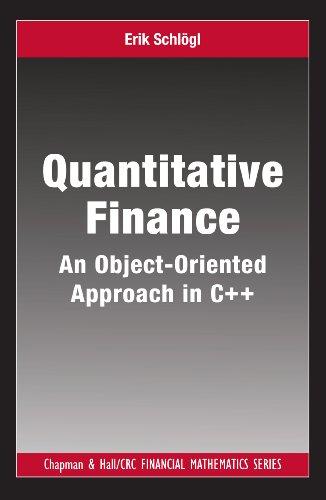
Bonus Project Question 1: (2.5 credits) In a world of Modigliani and Miller (1958), there are two firms, A and B, where A is unlevered firm (which means raising funds only through equity) and B is levered (raising funds both through equity and debt). The value of firm A thus equals to the value of firm A's equity: VA = EA; where as the value of firm B equals to the value of its equity plus debt: V = Ep + DR. Consider a two-period world with dates 0 and 1. At date 1, the assets for both firms are worth X equally. The firm B has debt at face value of De- The interest rate is r. (Hint: based on these information, the value of debt for firm B at date 1 will be min{(1 + r) + D8, X}, and the value of equity for firm B will be max{X- (1 + r)D3,0}. Notation min(MN) denotes that comparing the value of M and N, and returning the minimum value. For example, if M
VA? Question 2: (2.5 credits) Consider a firm with no asset in place and one current project which will generate cash flow y at time 1. The firm has an outstanding debt and its face value D is 8. The cash flow y may take the values of 0,5, and 10, with probability of 0.3, 0.4, and 0.3, respectively. The interest rate is zero. The market is competitive, and all information is symmetric. (1) What's the market value of the debt now? (2) What's the market value of the equity now? Now consider the equity owner of the firm who has personal fund of 1. This fund is outside the firm and not required to repay debt. The owner has a potential investment opportunity to change the operation. This investment requires investment of 1 and it can change the distribution of the firm cash flow y to a new probability distribution of O, 0.7, and 0.3 for y values of 0,5, and 10, respectively. (3) If the firm has no debt outstanding, will the owner make this investment? (4) Now given that the firm has an outstanding debt with face value of 8, will the owner make this investment? Why? (5) What is this effect called in the literature? What is the intuition? Bonus Project Question 1: (2.5 credits) In a world of Modigliani and Miller (1958), there are two firms, A and B, where A is unlevered firm (which means raising funds only through equity) and B is levered (raising funds both through equity and debt). The value of firm A thus equals to the value of firm A's equity: VA = EA; where as the value of firm B equals to the value of its equity plus debt: V = Ep + DR. Consider a two-period world with dates 0 and 1. At date 1, the assets for both firms are worth X equally. The firm B has debt at face value of De- The interest rate is r. (Hint: based on these information, the value of debt for firm B at date 1 will be min{(1 + r) + D8, X}, and the value of equity for firm B will be max{X- (1 + r)D3,0}. Notation min(MN) denotes that comparing the value of M and N, and returning the minimum value. For example, if M VA? Question 2: (2.5 credits) Consider a firm with no asset in place and one current project which will generate cash flow y at time 1. The firm has an outstanding debt and its face value D is 8. The cash flow y may take the values of 0,5, and 10, with probability of 0.3, 0.4, and 0.3, respectively. The interest rate is zero. The market is competitive, and all information is symmetric. (1) What's the market value of the debt now? (2) What's the market value of the equity now? Now consider the equity owner of the firm who has personal fund of 1. This fund is outside the firm and not required to repay debt. The owner has a potential investment opportunity to change the operation. This investment requires investment of 1 and it can change the distribution of the firm cash flow y to a new probability distribution of O, 0.7, and 0.3 for y values of 0,5, and 10, respectively. (3) If the firm has no debt outstanding, will the owner make this investment? (4) Now given that the firm has an outstanding debt with face value of 8, will the owner make this investment? Why? (5) What is this effect called in the literature? What is the intuition<><>







